Rock Climbers & Hands – Let’s Have a Quick Chat About Them
Hands. They are used for countless tasks and hobbies throughout each day and likely never given a second thought about how they work. But, for rock climbers the importance of our hands takes on added meaning. Not only do our hands become intricately tied to our ability to function during day-to-day tasks, but also to engage in what for many is the core of their social activity, fitness and enjoyment.
First, let’s talk about hand function. While it may seem obvious that our hands help us grasp objects such as climbing holds, they also act as conduits for forces going to and from the wrist, elbow and shoulder. If our hands are inadequately conditioned or injured, the body will compensate for the hand by altering how it engages or uses the rest of the limb. This means that we need to consider climbing volume as well as intensity when training or rehabbing our hands to mitigate injury risk and maximize intended performance gains.
Next, let’s quickly describe some of the anatomy that allows our hands to pull on crimps, latch on to a jug after a throw or 3-finger drag the crux sloper. The hands are comprised of muscles, tendons, ligaments, fascia and nerves – oh, and of course they also have blood, bone and skin. While performance can be impacted negatively if any of these components fail to function together efficiently, climbers seem to frequently be affected by inadequacies or injuries to the tendons, ligaments or nerve function. Though most of us probably have a general idea of each, let’s quickly discuss the definition and purpose of each to ensure there’s no confusion.
Tendons – connect our muscles to bone. Essentially, tendons transmit forces to and from our muscles while enabling the muscle to move our bone(s). Our hands have numerous tendons but the ones most people think of are the flexor tendons which originate from two muscles – flexor digitorum profundus (travels to end of our finger) and flexor digitorum superficialis (ends between the middle and last knuckle).
Ligaments – Unlike tendons, ligaments connect two different bones. Their purpose is to provide structural support to a joint such as your middle knuckle joint. An example in the hand are the collateral ligaments supporting each side of the knuckle joints.
Nerves – They connect our brain to the muscles. Some movements are possible without the brain’s input (think of the knee jerk reflex when your physio or doctor taps below your kneecap with a small hammer!), but nearly all involve input from the brain. The better trained a muscle group or action, the more seamlessly it can recruit the appropriate forces required to perform a movement smoothly and without error.
Now that we share an understanding of the function and purpose of the features above, let’s chat about a few things that can maximize their function and help you send your climbing project.
Tendons adapt slowly compared to the muscle itself – When quickly increasing climbing intensity/grade, technique, strength and motivation can all improve much quicker than tendon strength. This means that sudden changes in climbing volume or intensity can put the finger tendons at risk for injury due to inadequate adaptation time. It can take your tendons months longer than your muscles to adapt and this should be considered with training or performance goals to mitigate injury risk.
When we start climbing, or get back into climbing after a longer break, it takes some time to begin recruiting our muscles for action in a fast and effective way. An example is when our leg begins to shake on a foot chip (the Elvis!) or when we try to pull through a hold only to find the movement slow and uncoordinated. These instances are partly due to our brain being unfamiliar with how many muscle fibres in each muscle group need to be activated (and for how long) to accomplish the desired task. As we continue training a skill (e.g. dynos), our brain gets better at predicting the necessary input needed to achieve the desired outcome – this means we are better able to engage our muscle(s) and waste less energy. So, when it comes to our hands, it’s wise to begin or return to climbing slowly at first to enable your hands to function efficiently to offer them the best performance and protection.
With most injuries (including those of the hand), absolute rest is not the solution - This of course varies depending on the severity of the injury and other factors, but frequently the best course of action is to modify frequency/intensity/volume of training and or climbing rather than stopping everything altogether! The reason for this is (in part) the healing effects that exercise and loading have on the body - this stems from the heightened release of hormones and greater circulation of blood to the trained areas. That said, I don’t suggest continuing to climb through every injury without knowing the likely outcome of that decision. Injuries require thoughtful activity modification to ensure appropriate healing and return to (or better than) pre-injury levels. If you have an injury, I recommend speaking with a climbing knowledgeable physio to develop the most appropriate rehab plan for you and your injury. Every injury, even to the same is area, is unique and should be treated according to your needs and goals.
Big takeaway – The hands are resilient structures but, like all body parts, need to be adequately prepared to handle repeated and consistent stresses such as those experienced in climbing. So, training for climbing should involve a purposeful, progressive exercise program to mitigate injury risk and maximize performance of the hands.
Your hands are infinitely intricate structures that, for the most part, do as you ask and don’t make a big deal about it. If your hands (or any other body part) choose to get cranky and decide that a perfect sunny day spent at the crag is better left for others it doesn’t have to be the end. If this happens, or if you simply want to design a program for improving their performance, book a session and let’s turn tomorrow’s climbing goals into reality.
Written by Ben Boyd, MScPT.
ben@coronaphysio.com
780-424-4804





